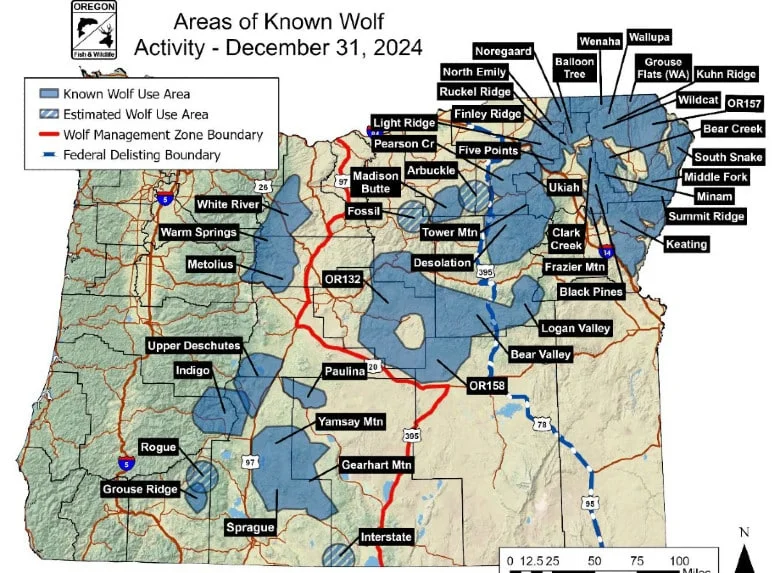
Oregon’s Wolves Roar Back: 2024 Population Report Shows Hopeful Growth
After years of uncertainty and declining numbers, the latest findings from the 2024 Oregon Wolf Report reveal a hopeful resurgence in the state's gray wolf population. According to the Oregon Department of Fish and Wildlife (ODFW), the minimum known count of wolves in Oregon has risen to 204, marking a 15 percent increase from 2023. This pivotal moment is not just a statistic; it embodies the delicate balance of wildlife recovery and the evolving relationship humans maintain with these magnificent creatures.

A notable shift in wolf recovery efforts can be attributed to reduced poaching and fewer wolves killed by the state. Danielle Moser, Wildlife Program Manager for Oregon Wild, remarked, "For the first time in several years, it looks like Oregon's wolves have had a little breathing room." The current report shows 25 packs, with 17 containing breeding pairs, reflecting a revitalization of these social structures.
Despite this positive growth, the specter of human intervention looms large. Wildlife advocates caution that while the population has grown, threats remain significant. With 22 of the total 27 documented wolf mortalities in 2024 attributed to human activities, the call for policy change continues. Moser emphasized the importance of transitioning towards strategies that prioritize coexistence with wolves while balancing the interests of the livestock industry. "When wolves aren’t being shot by the state or illegally poached with little consequence, they can do what wild animals do best—adapt and survive,” she stated.
Interestingly, interest in the wolves is also spreading beyond the professionals. Young conservationists like fourteen-year-old Ander Rhodes are taking steps to engage with wildlife. Using trail cameras and field studies, Rhodes is aiding biologists in tracking the elusive Metolius River pack, showcasing a growing generation's passion for wildlife conservation.
This report is a double-edged sword—while the numbers inspire hope, they also serve as grim reminders of the fragility of wolf populations. In eastern Oregon, where most wolves reside, they continue to lack federal protections, maintaining the ever-present tension between wildlife conservation and human interests. Oregon Wild's optimism is cautious; they hope this year's growth is not merely an outlier but a sign of a fundamental shift in the state's approach to wildlife management.
As we reflect on these developments, we are left with an important question: How can we best harmonize our interests with those of the wildlife that share our environment? Your thoughts and opinions are encouraged—leave a comment and join the conversation on the future of Oregon's wolves.